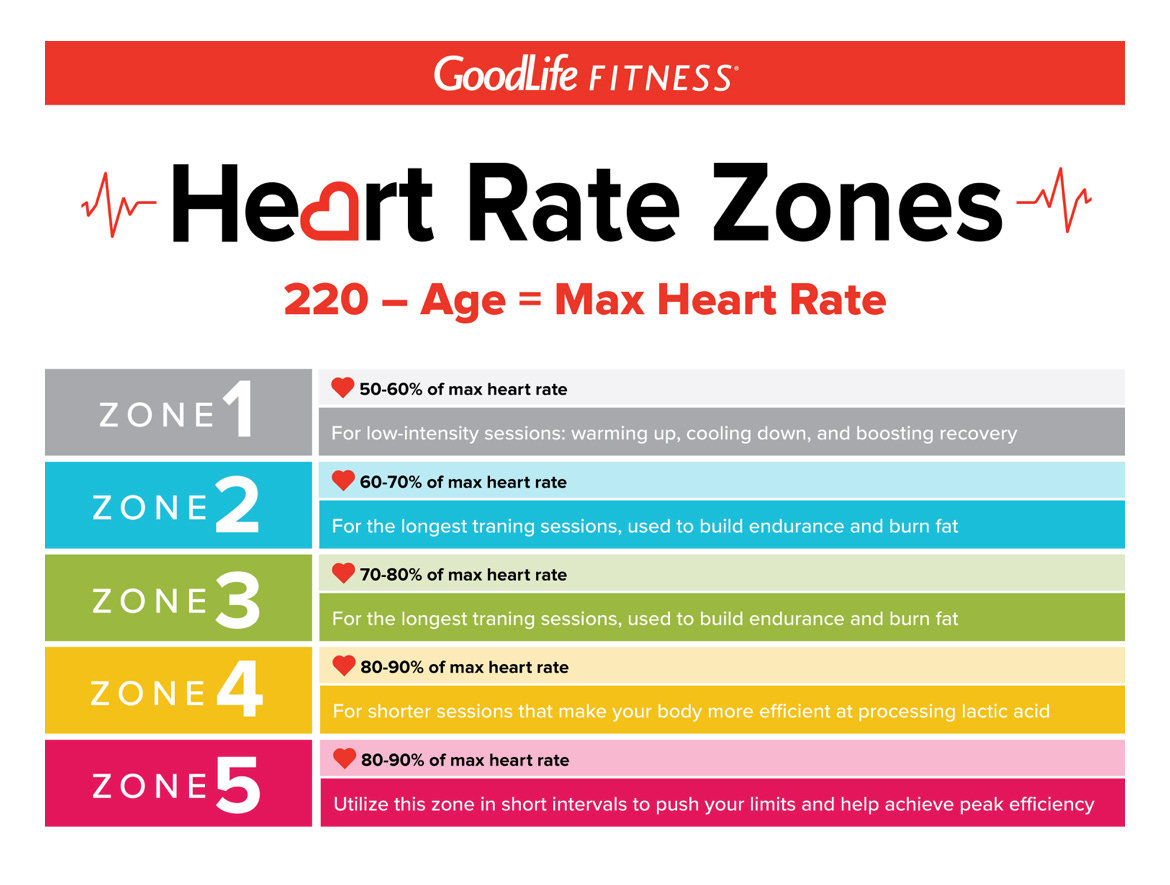What I love about Zone 2 training is that it’s feel-good, walk ‘n talk or maybe listen to your favorite podcast and appreciate what a beautiful day it is physical activity. It’s the type of exercise you can do for an extended period of time, and when you finish you feel invigorated and bright. The kind I’ve performed the most even when I left the memory of “zones” behind in a graduate school classroom.
After hearing Dr. Peter Attia discuss the importance of zone 2 training last fall, I started seeing it promoted everywhere as the zone for “fat burning,” which sounded great, and the zone where you didn’t have to destroy yourself, which sounded even better. Low to moderate-intensity cardio is having its day, but by now we know that human physiology usually has a fun caveat for the peri/menopausal woman, and this is no different.
Before we get to the reveal, though, what do the zones even mean? Heart rate zones are a percentage of your maximum heart rate or heartbeats per minute. According to researchers at Colorado State University:
Heart rate zones help you to gauge your intensity of workout and help you train efficiently while still achieving a challenging level of fitness. As you go through your workout, any time you increase speed, elevation, workload, etc., you are increasing the intensity and demand on the heart. Using these measurements of heart rate during exercise can help to monitor how hard you are training and help you to adjust your level of workout as needed.
Zone 1 refers to the lightest intensity, like your warm-up and cool down, while zone 5 is nearing heart rate max, a full-out hard-as-you-can-go sprint, and is not recommended, let alone sustainable, for an extended period of time. Since it’s the focus of this newsletter, zone 2 is considered light-moderate intensity, and during these activities, you should be able to maintain a conversation and steady breath the entire time.
Heart rate zones also indicate which fuel source is being utilized, carbohydrates or fat. Zone 1 and 2 activities are ones you can sustain for longer, so the body dips into your fat stores to provide energy. The higher intensity zones (3-5) require a big, readily available hit of glucose, more specifically the sugar lactate (lactic acid), which is depleted quickly and is ideal for sprinting-type activities.
The folks at Zero Longevity sum up the why of this nicely:
Your body has a number of ways to produce the energy you need, whether you’re relaxing in a chair, doing hours of yard work, or sprinting to catch a bus. Generally speaking, there are two major energy production systems: aerobic (with oxygen) and anaerobic (without oxygen). The aerobic system requires active involvement of mitochondria — which, if you remember high school biology, are the “powerhouses of the cell” — to help turn the oxygen we breathe and the food we consume into energy. The anaerobic system, on the other hand, can produce energy without mitochondria. It does this when you’re exercising so intensely that slower aerobic energy production pathways can’t keep up with the demand for energy. The anaerobic system is also the one that produces lactic acid.
Zone 2 exercise is unique because it’s precisely the intensity at which your cells achieve peak fat burning. At this intensity, you’re relying heavily on aerobic energy production, and you’re still able to clear lactic acid at the pace it’s being produced, so levels stay low (at 2mM or less). This means you can settle into a comfortable work rate while jogging, cycling, rowing, swimming, or even speed walking, since low lactic acid permits you to continue an activity for a long time without having to take rest breaks.
Please note, menopause specialist Debra Atkinson cautions women that jogging and speed walking can often cause a cardiac drift into zone 3, where the benefits of zone 2 activity are lost and you find yourself in a sort of cardio gray area that leaves you working harder than necessary without getting much in return.
Drum roll please, it’s finally time for the reveal. On the surface, it would appear that fat burning and the fact it isn’t awful to do make zone 2 training a panacea, but Dr. Stacy Sims explains that “Women have proportionally more oxygen-efficient slow-twitch fibers and burn more fat and less carbohydrate than men during endurance exercise. We’re built for endurance.”
Keep reading with a 7-day free trial
Subscribe to The Change: Fitness in Middle Age and Beyond to keep reading this post and get 7 days of free access to the full post archives.





